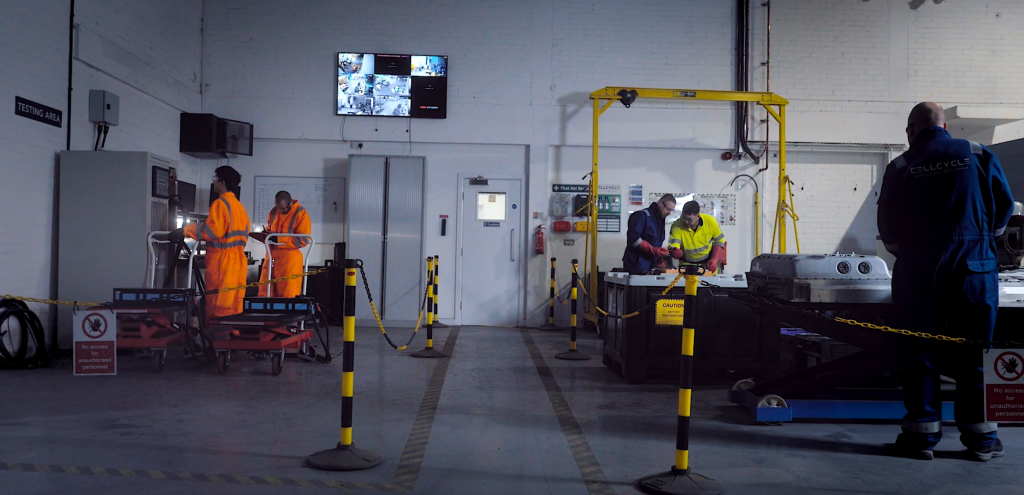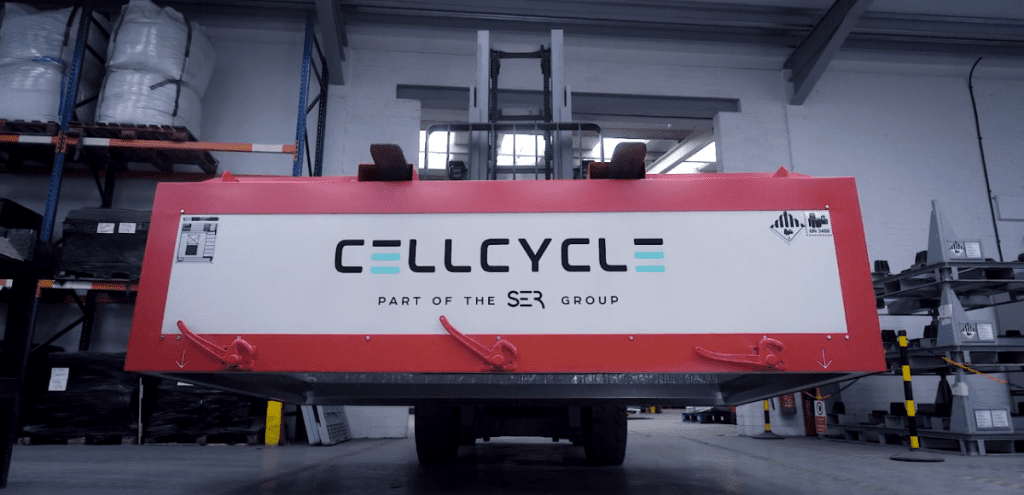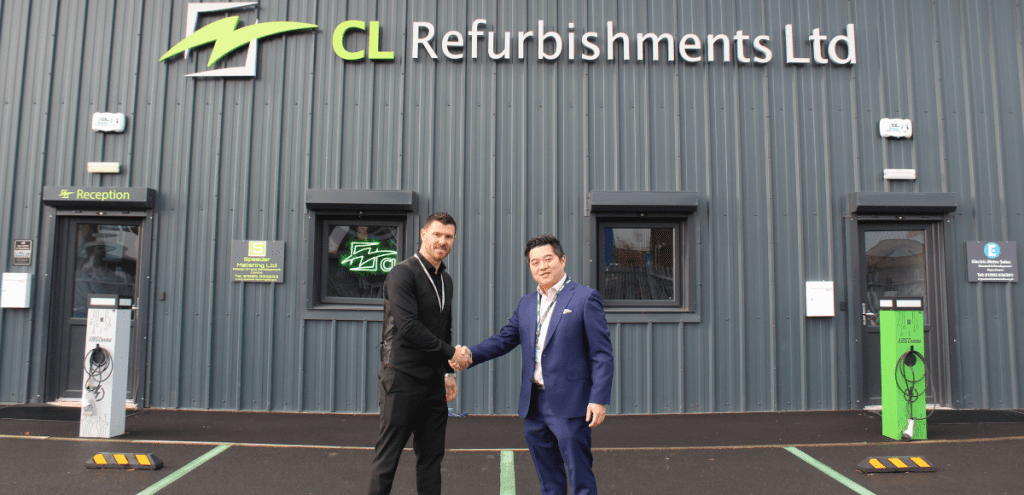.
Every day, lithium-ion batteries power everything from smartphones to electric vehicles and renewable energy systems. But few understand the electrochemical processes that occur inside the battery, and why these mechanisms determine how long the battery lasts, when it reaches its end-of-life, and why sustainable disposal through a certified lithium-ion battery recycling plant is essential.
What Happens During Charging and Discharging?
At the heart of every lithium-ion battery is a reversible redox reaction. During discharge (when a battery is being used), lithium ions flow from the anode (typically graphite) to the cathode (such as lithium cobalt oxide or lithium iron phosphate) through the electrolyte. This movement generates an electric current that powers devices.
When the battery is charged, the process is reversed. Lithium ions migrate from the cathode back to the anode. This cycle of ion transfer is what makes lithium-ion batteries rechargeable.
Why Battery Health Declines Over Time
As a lithium-ion battery undergoes repeated charge and discharge cycles, its internal chemistry gradually degrades. Several mechanisms contribute to this:
- Growth of the SEI (Solid Electrolyte Interphase): A protective layer forms on the anode and thickens over time, increasing resistance and reducing capacity.
- Lithium Plating: At high charge rates, metallic lithium can deposit on the anode instead of intercalating, leading to safety risks.
- Electrode Degradation: Mechanical stress and volume changes weaken the electrode structure.
- Loss of Active Lithium: Lithium becomes trapped and unavailable for energy transfer, reducing the battery’s efficiency.
Eventually, these effects reduce the battery’s ability to hold charge, its State of Health (SOH) drops below functional thresholds. At this point, the battery is considered to have reached its end-of-life (EOL), even if it hasn’t failed completely.
What Defines “End-of-Life” for a Lithium Battery?
In industry terms, a battery reaches EOL when its remaining capacity falls below 70–80% of its original value. At this point, it can no longer reliably support its intended application and becomes a candidate for reuse, repurposing, or disposal.
Responsible lithium battery disposal ensures these end-of-life batteries are collected, tested, dismantled, and recycled according to environmental and safety regulations.
Why Recycling Matters, and How Cellcycle Leads the Way
End-of-life lithium batteries contain valuable and finite resources such as lithium, cobalt, nickel, manganese, and copper. At Cellcycle, we operate one of the UK’s most advanced lithium-ion battery recycling plants, using both mechanical and innovative bio-based processes to recover these critical materials.
By managing the entire battery lifecycle, from compliant logistics and testing to disassembly and refining, we ensure these batteries are treated as a resource, not waste.
Final Thought:
Understanding the science behind charge-discharge behaviour helps businesses and consumers make informed decisions about battery maintenance, reuse potential, and ultimately, proper lithium battery disposal. For the UK’s energy transition to be truly sustainable, battery recycling must go hand-in-hand with battery use, and Cellcycle is here to deliver that complete solution.


